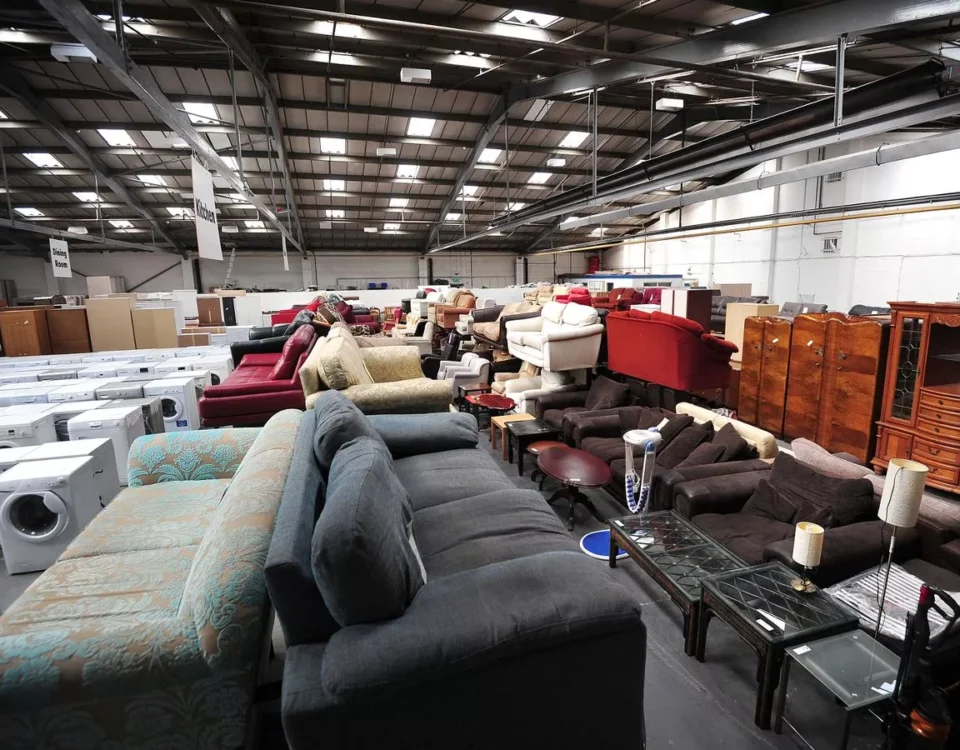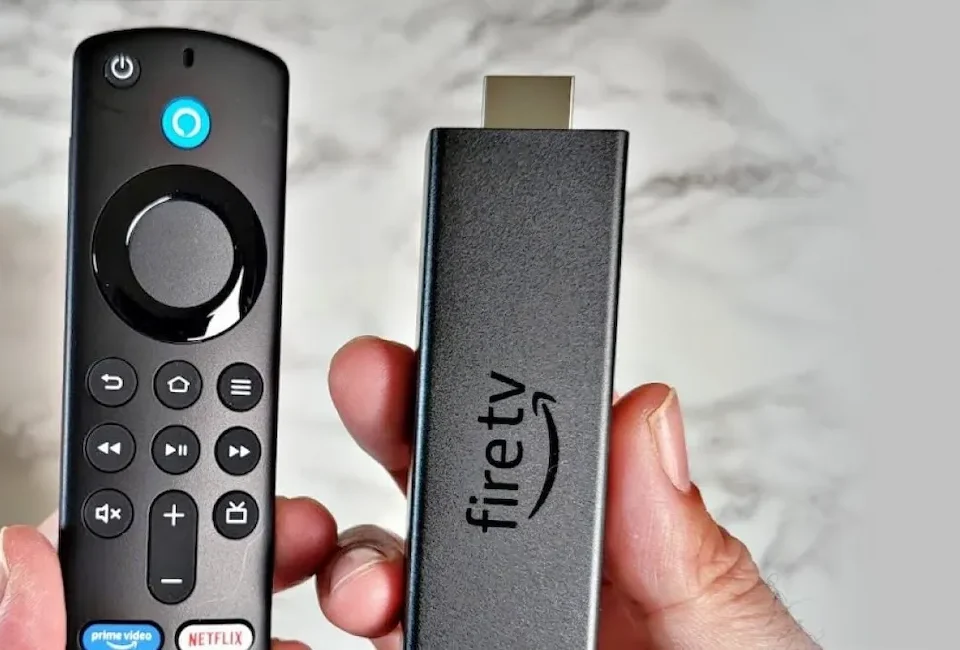
Stylish & Safe Kids’ Rooms: Wood, Glass & Smart Decor
September 22, 2025
How to Design Your Dream Tea Spot & Master the Art of ‘Spilling the Tea’
September 25, 2025The Appeal of Non-Toy Gifts
Are you tired of tripping over plastic toys, battling clutter, and watching gifts lose their charm just days after the holidays? You’re not alone. Many parents and caregivers feel the same way the excitement of unwrapping often fades quickly, leaving behind piles of forgotten items and a nagging sense of waste.
Now, picture a different kind of holiday season. One where the gifts you give spark creativity, nurture growth, and create lasting memories. Instead of more “stuff,” you offer experiences, skills, and meaningful treasures that children will value long after the wrapping paper is gone.
That’s the beauty of non-toy gifts. In this guide, we’ll share a wide range of thoughtful, age-appropriate ideas for kids of all ages, from toddlers to teens. You’ll learn how to choose presents that matter, make experiences feel truly special, and even handle family expectations with ease. The goal? To help you give gifts that aren’t just opened but truly cherished
Why Non-Toy Gifts Are Gaining Popularity
The shift toward non-toy gifts isn’t just a trend it reflects a deeper change in how families think about childhood, home life, and the environment. Parents and caregivers are recognizing that while toys can be fun, they often bring more challenges than lasting joy. Non-toy gifts, on the other hand, promise something different: growth, connection, and memories that outlive the holiday season.
Reduce Clutter and Overconsumption
Most households already struggle with overflowing playrooms and toy bins. New toys may be exciting for a few days, but they quickly become part of the clutter, leaving parents overwhelmed by the never-ending cycle of organization. The rise of the minimalist movement has also encouraged many families to embrace “less is more,” valuing a calmer, cleaner home environment over shelves packed with forgotten playthings. Choosing non-toy gifts is a practical way to reduce clutter and bring more peace into family life.
Foster Development and Skills
Non-toy gifts often double as tools for learning and growth. Instead of passive play, they encourage children to engage their minds and bodies in meaningful ways. Experiences like cooking classes, art workshops, or music lessons promote cognitive and creative development. Simple activity kits can strengthen fine motor skills, while outdoor adventures build resilience, problem-solving, and perseverance. By framing these gifts as a “gift of growth,” parents give children more than just entertainment they open doors to new skills and passions.
Create Lasting Memories and Experiences
Ask an adult what they remember most from childhood, and chances are it won’t be a specific toy but an experience a family trip, baking with a parent, or a special outing. That’s the power of non-toy gifts. Experiences become stories children carry with them for a lifetime, shaping their sense of identity and family connection. Sometimes the most meaningful present isn’t bought at a store at all it’s the gift of time. A one-on-one “date” to the zoo, a movie night at home, or an afternoon baking cookies can feel more valuable than any toy on the shelf.
Promote Sustainability and Conscious Consumption
Another reason non-toy gifts are gaining ground is their positive impact on the planet. Many traditional toys are made of plastic, break easily, and end up in landfills. Non-toy options, whether experiences or durable items, reduce waste and align with the growing desire for eco-friendly choices. By choosing experiences or investing in long-lasting alternatives, families contribute to a culture of conscious consumption and show children the value of caring for the environment.
Encourage Creativity and Critical Thinking
Unlike toys that come with fixed rules or preset play scenarios, non-toy gifts often encourage open-ended exploration. Whether it’s a sketchbook, a cooking kit, or access to a nature club, these gifts leave room for imagination and independent thinking. Children learn to direct their own play, experiment with ideas, and find joy in discovery all crucial skills for their development and confidence.
The Ultimate Non-Toy Gift Guide: Categories & Ideas by Age
Not all gifts are created equal. When choosing non-toy presents, the goal is to look beyond instant gratification and focus on engagement, growth, and long-term value. In putting together this guide, the main criteria are:
- Open-ended value: Does the gift encourage creativity, learning, or exploration?
- Skill development: Will it foster cognitive, motor, social-emotional, or practical abilities?
- Sustainability: Is it eco-friendly, durable, or designed to reduce waste?
- Longevity: Will the child enjoy it for weeks, months, or even years not just on the day it’s unwrapped?
With these principles in mind, here are categories of thoughtful, age-appropriate non-toy gifts for toddlers through teens.
1. Experiences & Outings
Few gifts create memories quite like shared adventures. Experiences open children to new environments, spark curiosity, and often become the stories they’ll retell for years.
Ideas: zoo, museum, or national park passes; tickets to a live show; class certificates (art, coding, swimming, martial arts); memberships to local attractions.
By Age:
- Toddlers & Preschoolers (0–5): Zoo membership, children’s museum pass, parent-child swim lessons.
- Early Elementary (6–9): Science museum membership, tickets to a kid’s play, beginner art class.
- Middle School (10–13): Rock climbing passes, cooking class, escape room tickets.
- Teens (14+): Concert tickets, driving lessons, a photography workshop, or even a weekend trip.
Parent Story: “We gifted our daughter a zoo membership when she turned four. It became our weekend ritual, and she still talks about the giraffes more than any toy she owns.” – Daniel M., Dad of 1
Expert Tip: The most valuable experience gift can be your time. A parent-child “date” to the park, a baking session, or a one-on-one movie night makes children feel special.
2. Creative & Artistic Tools
Creative gifts allow kids to express themselves, build confidence, and discover talents. They also provide endless hours of open-ended exploration.
Ideas: high-quality art supplies, pottery kits, sewing machines (child-friendly models), knitting or crochet kits, musical instruments.
By Age:
- Toddlers & Preschoolers (0–5): Washable paint sets, chunky crayons, Play-Doh kits.
- Early Elementary (6–9): Beginner watercolor set, deluxe craft kit, simple DIY projects.
- Middle School (10–13): Calligraphy set, stop-motion animation kit, sewing machine.
- Teens (14+): Digital drawing tablet, professional art supplies, advanced musical instrument.
Expert Tip: Choose “open-ended” supplies rather than single-use kits. A set of quality markers or clay can fuel dozens of projects, while a prepackaged craft might only last an afternoon.
3. Educational & Skill-Building Kits
These gifts challenge young minds and spark curiosity about the world. They’re especially useful for developing problem-solving, persistence, and critical thinking.
Ideas: logic puzzles, coding kits, robotics sets, STEM experiments, language learning subscriptions.
By Age:
- Toddlers & Preschoolers (0–5): Shape sorters, beginner puzzles, large building blocks.
- Early Elementary (6–9): Beginner coding games, science experiment kits, strategy board games.
- Middle School (10–13): Robotics kits, complex logic puzzles, coding platform subscriptions.
- Teens (14+): Drone building kits, advanced electronics, online course subscriptions.
Parent Story: “My son received a cooking class for his 10th birthday, and it sparked a passion! He now loves helping in the kitchen, and it’s a skill he’ll use for life.” – Sarah T., Mom of 2
4. Subscription Boxes
Subscriptions keep the excitement alive month after month, offering children a steady flow of new challenges and discoveries.
Ideas: science kits, art projects, cooking kits, book clubs, nature exploration boxes, magazines.
By Age:
- Toddlers & Preschoolers (0–5): Toddler craft box, board book subscription.
- Early Elementary (6–9): Science experiment box, art project subscription.
- Middle School (10–13): Cooking kits, coding challenge boxes.
- Teens (14+): Young adult book club, DIY project boxes like woodworking or electronics.
Expert Tip: Review subscriptions regularly. Kids grow fast, and a box that thrilled them at eight might feel too simple at ten.
5. Books & Reading Resources
Books are the ultimate non-toy gift. They nurture imagination, boost literacy, and can spark lifelong passions.
Ideas: age-appropriate series, graphic novels, nonfiction, audiobooks, e-readers.
By Age:
- Toddlers & Preschoolers (0–5): Board books, picture books, lift-the-flap interactive stories.
- Early Elementary (6–9): Early chapter books, graphic novels, nonfiction about favorite topics.
- Middle School (10–13): Popular series, historical fiction, biographies.
- Teens (14+): Young adult novels, classics, e-reader loaded with gift card credit.
6. Outdoor & Adventure Gear
These gifts encourage movement, connection with nature, and hands-on discovery perfect for balancing screen time.
Ideas: binoculars, compasses, camping gear, gardening tools, bikes, scooters, rollerblades.
By Age:
- Toddlers & Preschoolers (0–5): Tricycle, bug observation kit, plastic binoculars.
- Early Elementary (6–9): Kid’s bike, compass, starter gardening tools.
- Middle School (10–13): Hiking backpack, skateboard, junior fishing rod.
- Teens (14+): Camping gear, paddleboard, rock climbing shoes.
7. Practical Life Skills
Some of the most valuable gifts prepare kids for independence and confidence in everyday life. These can be especially meaningful for older children and teens.
Ideas: child-friendly cooking utensils, sewing kits, basic tool sets, contributions to savings accounts, quality backpacks.
By Age:
- Toddlers & Preschoolers (0–5): Toddler kitchen tools, child-sized cleaning set.
- Early Elementary (6–9): Kid’s baking kit, simple sewing kit, gardening gloves.
- Middle School (10–13): Beginner toolkit, finance-focused books, sewing machine.
- Teens (14+): Cooking classes, car maintenance kit, contributions to a college fund.
Parent Story: “We got our teen a small set of tools, and now she’s the one who fixes things around the house. It gave her confidence and saved us a few handyman calls!” – Michelle K., Mom of 3
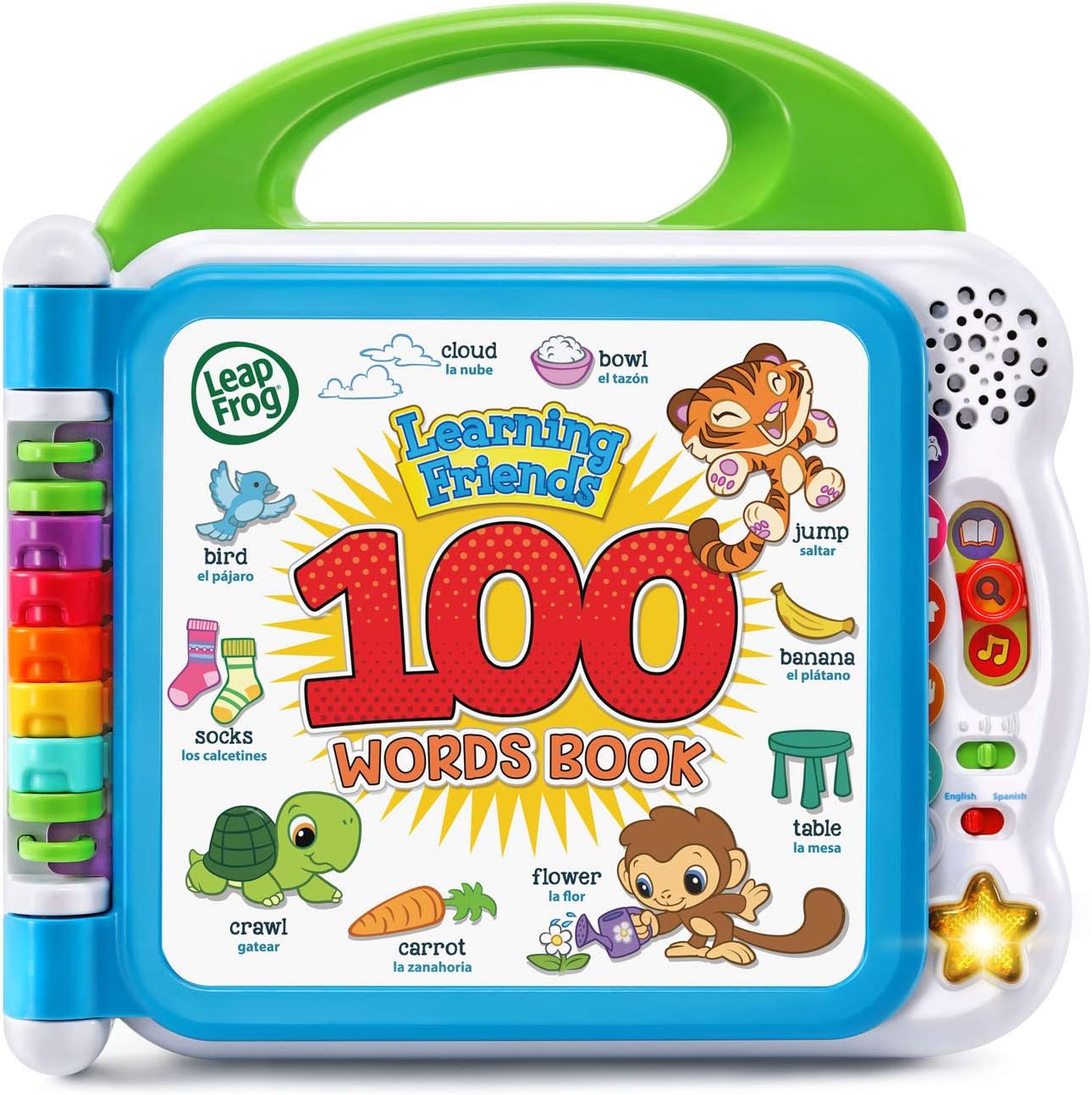
LeapFrog Learning Friends 100 Words Book,
Product Description
Introduce your little one to a world of learning with the LeapFrog Learning Friends 100 Words Book. Featuring Turtle, Tiger, and Monkey, this interactive book helps toddlers discover over 100 first words across fun categories like animals, food, colors, and activities. With just a touch, kids can hear words, sound effects, and fun facts in both English and Spanish, making it a perfect bilingual learning toy. The light-up star button adds music and songs for extra engagement, while the sturdy design is ideal for curious hands.
Key Features
-
100+ Toddler-Friendly Words across animals, food, colors, and more
-
Bilingual Play – switch between English & Spanish instantly
-
Interactive Fun – touch pages for words, sounds & two catchy songs
-
Engaging Design with light-up star button and fun sound effects
-
Made for Toddlers – perfect for ages 18+ months; batteries included for demo use
Making Non-Toy Gifts Special
Non-toy gifts have incredible potential, but how they’re presented can make the difference between a gift that feels ordinary and one that feels magical. Because experiences and skill-building tools aren’t always tangible in the same way toys are, a little creativity in the “reveal” goes a long way.
The Art of Presentation
When giving an experience, presentation matters. Kids love the excitement of unwrapping something, and with a little effort, you can turn even a simple membership or voucher into a moment of wonder. Instead of handing over a plain envelope, create a small reveal package that hints at the adventure to come.
Creative Reveal Ideas:
- Themed boxes related to the gift for example, a small telescope toy paired with a planetarium membership.
- Personalized “golden tickets” that announce the experience in a playful way.
- A scavenger hunt around the house leading to the final reveal.
- Wrapping tickets or a certificate in a small box filled with confetti and a related trinket.
Expert Tip: For experiential gifts, presentation is half the fun. Building anticipation helps children feel the same excitement they would with a toy while still setting the stage for a more meaningful adventure.
Small Accompanying Items
One way to make intangible gifts feel more real is by pairing them with a thoughtful object that connects to the experience. These don’t need to be expensive just purposeful.
- A fresh journal to go with a writing workshop.
- A reusable water bottle for a hiking trip.
- A cozy blanket to make an audiobook subscription feel like a gift of comfort and storytime.
These small touches give children something they can hold right away, making the upcoming experience more tangible.
Encouraging Engagement
Even the best non-toy gift becomes more meaningful when it’s shared. If possible, offer to participate in the experience with your child. Bake alongside them when they get a cooking kit, read the first chapter of a new book together, or help assemble a STEM project. The act of sharing not only ensures the gift is used, it strengthens the bond between you and the child.
Expert Tip: Your presence can be the most valuable part of the gift. By joining in, you turn the present into a shared memory, one that will likely be remembered far longer than anything store-bought.
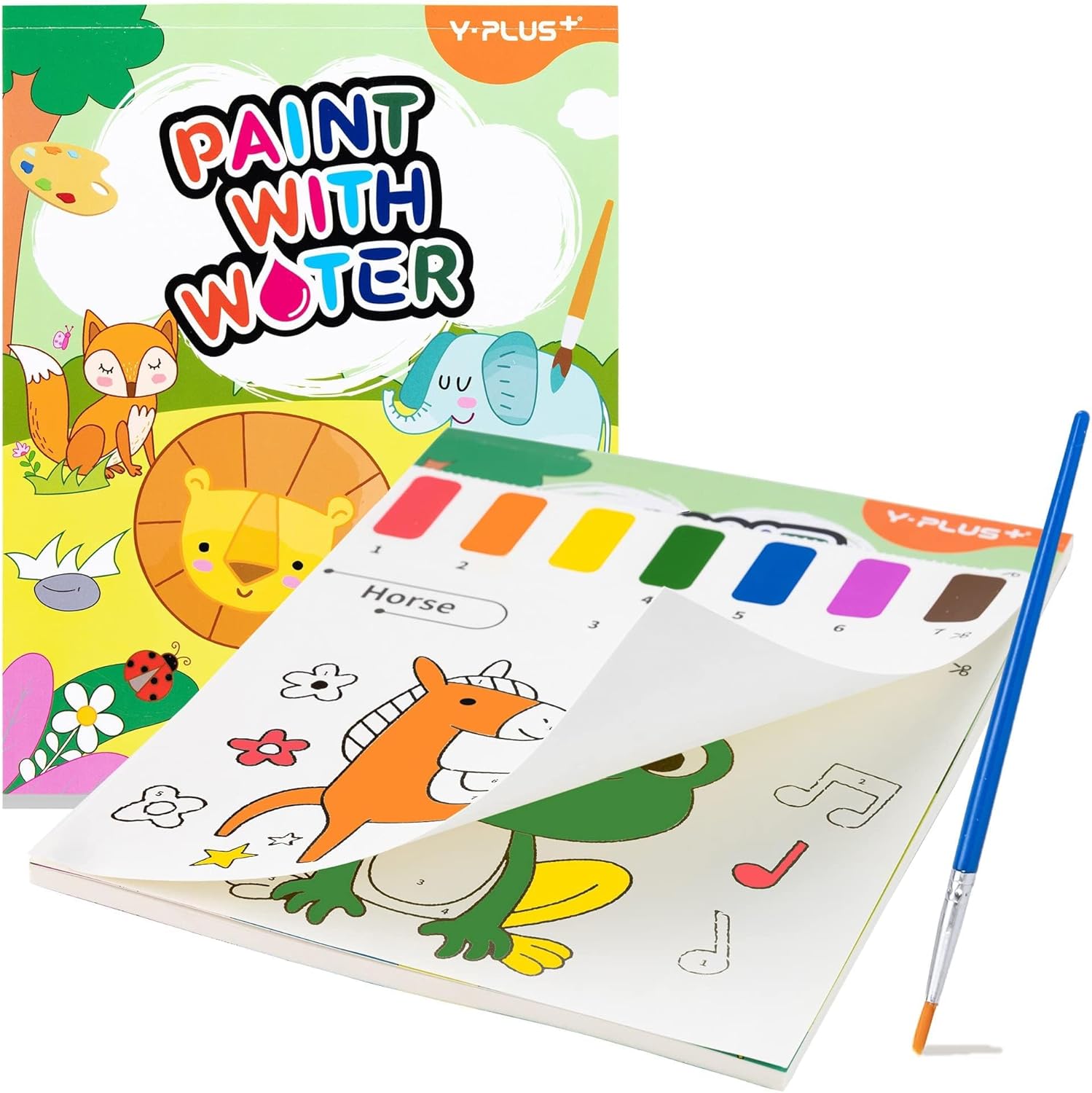
YPLUS Paint with Water Books for Toddlers
Product Description
Spark your child’s imagination with this Paint with Water Coloring Book Set. Designed with extra-thick, high-quality paper and an easy-to-grip brush pen, this activity book lets kids enjoy mess-free painting without water bleeding through the pages. With 20 unique patterns across 7 fun themes, children can explore creativity, build color recognition, and improve hand-eye coordination all while staying screen-free. Tear-out pages make sharing and displaying their artwork simple. Perfect for travel, parties, and thoughtful gifts, this set is a must-have for little artists.
Key Features
-
High-Quality Paper & Brush – prevents water bleeding; easy grip for small hands
-
20 Unique Designs – fun, non-repetitive patterns across 7 creative themes
-
Guided Coloring – numbered patterns help kids color with confidence
-
Educational & Fun – supports creativity, color recognition & motor skills
-
Perfect Gift Choice – great for birthdays, travel, party favors & rewards
Smart Gifting: Budget & Selection
Choosing the right non-toy gift isn’t just about the price tag it’s about thoughtfulness. The best gifts reflect the child’s unique personality, align with their developmental stage, and fit seamlessly into the family’s lifestyle. With a little planning, even low-cost or DIY options can feel priceless.
Understanding the Child’s Unique Interests
The most meaningful gifts are tailored to what truly excites a child, not just the latest fad. Pay attention to what sparks their imagination during play, what books or shows they gravitate toward, or the hobbies they talk about.
Expert Tip: Involve the child in subtle ways. Ask about their dreams, listen when they share what they enjoy at school, or notice the activities that keep them engaged for the longest. These quiet observations will help you choose a gift that feels personal and thoughtful.
Mind Developmental Stages
The right gift should challenge a child without overwhelming them. Too advanced, and it may cause frustration. Too simple, and it might be set aside quickly. Matching the complexity of a puzzle, kit, or activity to their current skill level encourages mastery and builds confidence.
Expert Tip: Think in terms of “just right” challenges. A younger child might love a simple science experiment kit, while a preteen could handle a more advanced robotics set. The right balance makes the gift feel exciting and achievable.
Considering Family Lifestyle & Space
Even the most exciting gift can fall flat if it doesn’t fit a family’s schedule, values, or living space. Before choosing, ask yourself: does this require storage they don’t have? Will it demand time commitments the family can’t make? Are they already enrolled in similar activities?
Expert Tip: One strength of non-toy gifts is that they often take up less space. Still, consider practicality. For example, art supplies may need storage bins, while outdoor gear might require garage space. Aligning with the family’s lifestyle ensures your gift gets used and appreciated.
Budget-Friendly & DIY Non-Toy Ideas
Non-toy gifts don’t need to be expensive to be impactful. With creativity, you can give meaningful presents that cost little or nothing.
DIY Gift Ideas:
- A personalized coupon book with promises like “One movie night with popcorn” or “Bake cookies together.”
- Handmade craft kits using collected supplies.
- A personalized storybook featuring the child’s name and interests.
Inexpensive Experiences:
- A special park visit with a picnic.
- A “library date” to choose books together.
- Backyard stargazing with blankets and hot cocoa.
Contributing to Larger Gifts
For bigger experiences or more costly items, pooling resources with family members is a smart approach. Instead of multiple small gifts, consider a joint contribution toward something truly memorable, like a family membership, a weekend trip, or even a savings bond that supports the child’s future education.
Comparison Table: Non-Toy Gift Type Benefits at a Glance
|
Gift Category |
Key Benefits |
Ideal Age Range |
Example Gift |
|
Experiences & Outings |
Memory-making, social interaction, exposure to new skills |
All ages |
Zoo membership or tickets to a children’s theater show |
|
Creative & Artistic Pursuits |
Creativity, fine motor skills, self-expression |
3+ years |
High-quality art set with sketchbooks and paints |
|
Educational & Skill-Building |
Critical thinking, problem-solving, knowledge acquisition |
5+ years |
STEM robotics kit or beginner coding game |
|
Subscriptions & Memberships |
Ongoing engagement, discovery, and anticipation |
All ages |
Monthly book club or science experiment box |
|
Books & Reading Aids |
Literacy, imagination, knowledge acquisition |
All ages |
E-reader preloaded with age-appropriate titles |
|
Outdoor & Adventure Gear |
Physical activity, nature appreciation, exploration |
3+ years |
Child’s first binoculars or a starter gardening kit |
|
Practical & Life Skills Tools |
Responsibility, independence, future readiness |
7+ years |
Beginner cooking set with child-safe utensils |
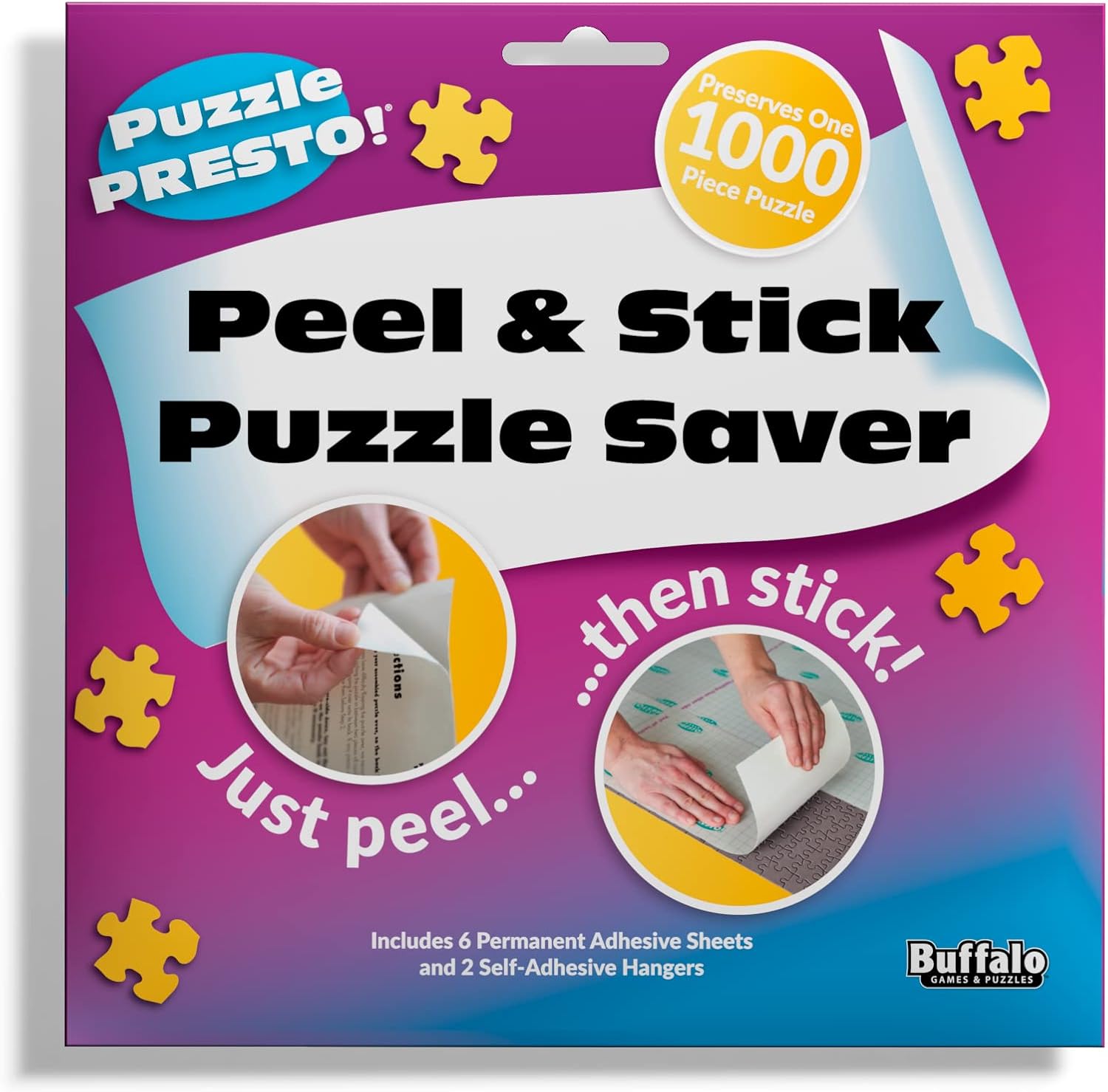
Puzzle Presto Peel & Stick Saver: The Original and Still the Best Way to Preserve Your Finished Puzzle!
Save your hard work with the Puzzle Presto! Peel & Stick Puzzle Preserver from Buffalo Games the original and most trusted puzzle saver since 2007. Forget messy glues these permanent adhesive sheets make preserving your finished puzzle quick, clean, and easy. Just peel, stick, and you’re done! Each pack includes 6 large sheets plus self-adhesive hangers so you can proudly display your puzzle on the wall. Strong, durable, and made to last, Puzzle Presto is the perfect solution for puzzle lovers who want to keep their masterpieces intact.
Key Features
-
The Original Puzzle Saver – trusted by puzzle fans since 2007
-
Quick & Easy – peel, stick & preserve in minutes, no messy glue
-
Strong & Permanent – adhesive bond strengthens over time
-
Ready to Display – includes self-adhesive hangers for wall mounting
-
Fits Most Puzzles – 6 sheets cover up to 29" x 21.5" finished puzzles
Conclusion: The Lasting Impact of Meaningful Gifts
Non-toy gifts are more than an alternative to cluttered playrooms and fleeting fads they’re an investment in a child’s growth, happiness, and future. From sparking creativity to building resilience, from creating lasting memories to nurturing responsibility, these thoughtful choices give children something toys rarely do: the tools and experiences to shape who they are becoming.
This is the heart of intentional gifting. When we choose experiences over excess, and learning over landfill, we give children more than a present we give them presence, purpose, and the joy of discovery. Parents benefit too, with calmer homes, stronger connections, and the peace of knowing their gifts matter.
The Intentional Gifting Manifesto:
Non-toys win because they foster imagination, deepen relationships, support sustainable living, and honor a child’s individuality. They remind us that gifts aren’t about what fills the shelves, but about what fills the heart.
Expert Tip: Start a “tradition gift.” It could be a new book each Christmas, an annual museum membership, or a craft kit that grows with your child’s skills. These recurring presents build a sense of continuity and become part of the family’s story.
Now it’s your turn. Embrace the thoughtful path of non-toy gifting and see the difference it makes. Share your own successes whether it was a class that sparked a lifelong passion, a membership that created weekend rituals, or a simple experience that turned into a cherished memory. Because the best gifts aren’t just given, they’re lived.






